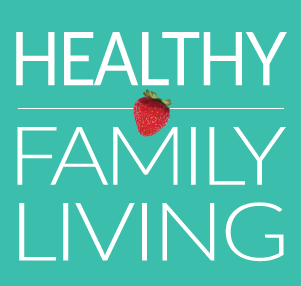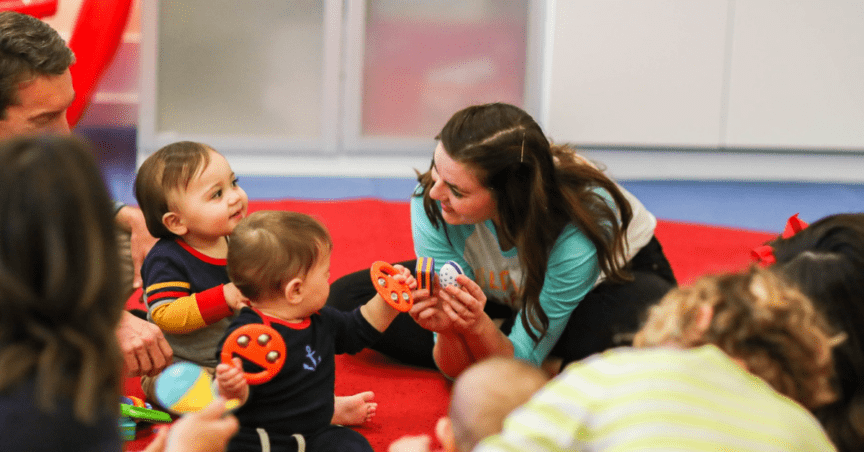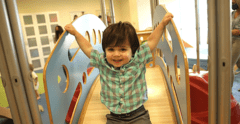Whether we consciously know it or not, we all have certain beliefs about our abilities and our future potential. These beliefs form the foundation of our mindset early in life, ultimately fueling our behavior, and shaping our everyday lives as we mature.
We had the chance to discuss the idea of the growth mindset with Gymboree Play & Music Vancouver and to explore how it can support the future success of your child. Pulling from the research of Dr. Carol Dweck, which was featured in her 2014 TED talk, some key elements came up that can really add to your parent toolbox no matter how young your kids are. In her research at Stanford University, Dr. Carol Dweck identified two different types of mindsets. Read more below.
According to Dweck, the beliefs children have about intelligence, effort, and struggle, impact the choices they make about learning. Based on her research, people tend to hold one of two different beliefs about intelligence:
- Children with a growth mindset believe that intelligence can be developed. These students see school as a place to develop their abilities and think of challenges as opportunities to grow.
- Children with a fixed mindset believe that intelligence is fixed at birth and doesn’t change or changes very little with practice. These students see school as a place where their abilities are evaluated, they focus on looking smart over learning, and they interpret mistakes are a sign that they lack talent.
Developing the right mindset early on is crucial for a successful, happy life. When kids learn putting forth effort and using the right strategies can help them get better at things, they feel empowered, and try harder. When they know their brains are capable of growing, they are more confident, resilient, and not afraid to fail! So how do we instill this simple and incredible concept to children? To start, it’s important to understand the basics.
Step 1: Build the Foundation
Take time to talk to your child about the following questions:
-
What does it mean to GROW? What sorts of things grow? Answers will vary. Growth means to develop, change, mature, evolve. Living things grow – plants, animals, and people. Even our brains can grow!
-
When you think of the brain or minds, what do you think MINDSET means? Mindset is the way our brain perceives ourselves and the world. Our mindset helps us look at problems and mistakes in a positive way!
-
Let’s put those words together: growth and mindset. When we combine them, it means something really important. What could growth mindset mean? A growth mindset is believing in the power of yourself and your brain! We know our intellect and abilities develop when we try difficult things, use the right strategies, and don’t give up. So a growth mindset is when we know, with practice, we will get better at something.
-
If fixed is the opposite of growth, what does it mean to have a FIXED mindset? A fixed mindset means you think you can’t get better at things, even if you practice. Wanting to quit, give up, or deciding we’re just not good at something are all clues we have a fixed mindset.
Step 2: Share Examples from Your Life
Share a personal story about when you were stuck and used hard work and/or help from others to overcome a challenge. Ask your child to share similar examples from their lives. You can encourage other caretakers like grandparents, babysitters or siblings to do this with your child as well.
Step 3: Practice Switching from a Fixed to Growth Mindset
Ask your child/class to think of some FIXED mindset phrases commonly used at home or anywhere else (“I am not good at this”, “I can’t do anything right”), and write them down.
Next, create a list of alternate phrases that reflect a growth mindset (“I’m not good at this yet”). Above the fixed mindset column, write “Instead of” and on the Growth mindset column, “I Can Say…”
Ask your children how they can change each statement from negative to empowering. For example, you could ask, “What is a better way of looking at a situation?”
Step 4: Use the Power of Yet
With one simple word, any fixed mindset phrase can be transformed into a statement of hope. “I can’t do this…yet.” It’s all about the FUTURE, and not giving up until we get there.
Make a “YET” bulletin board or designate a wall at home for all the things you can’t do…yet!
Step 5: Encourage Productive Struggle & Reframe Mistakes
In the safe environment of your home or class, give children time to think through their challenges, brainstorm solutions, and seek help if needed. Grappling with a problem builds resilience, so give kids time for reflection before jumping in to help or “save” them.
Get excited when opportunities for growth occur! In a challenging moment, say things like, “This seems like an opportunity to grow our brains!” Create an environment where setbacks are expected and even celebrated.
Content appearing from this blog was originally published on TED, and Big Life Journal.
Gymboree Play & Music is the global leader in play classes for kids newborn to 5 years old with more than 700 play centers in 40+ countries worldwide. Based on a blend of early childhood development theories complemented by 40 years of hands-on experience, Gymboree Play & Music offers a variety of programming, including Play & Learn classes, which encourage development from sensory exploration to playful-problem solving, music classes that enhance child development through song, dance and instruments, and art classes that inspire imagination and self-expression. Click HERE to learn more!

Wondering what to do with the kids in Metro Vancouver this weekend, or what to make for dinner? You can find it at HealthyFamilyLiving.com! From the Sunshine Coast to the Fraser Valley, we’re the best online resource for busy parents looking for practical tips for healthy, active, sustainable living. For the latest on family events, outdoor adventures, birthday parties, camps & classes and kid-approved recipes, follow us on Facebook and sign-up for our parent-approved e-newsletter!




